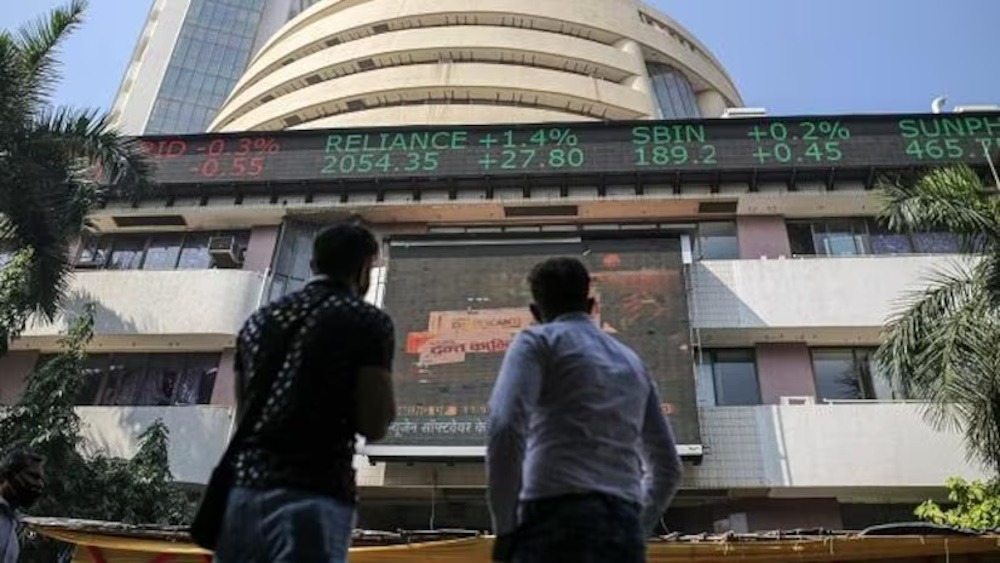80% Of The World’s Stock Options Are Traded There

The news focused on Bitcoin and GameStop. However, a more extreme case of speculation has surfaced in India.
In recent years, the American market has seen its fair share of meme-driven, gambling-style trading. In contrast, a stock speculation boom is taking on around the globe, making GameStop and bitcoin appear mild—or at least domestic—in comparison.
According to data from the Futures Industry Association (FIA), a global advocacy group for derivatives markets policy, 78% of all equity options contracts traded in the world in 2023 were in India. Last year, there were 84.3 billion contracts worth of stock index options traded, a 153% increase from 2022. On Thursday, the total amount of futures and options turnover on the National Stock Exchange reached $4.5 trillion.
There is no immediate systemic risk associated with the derivatives boom. As a whole, investors are losing a lot of money, but stock exchanges and brokerages are making a killing. The same phenomenon as in the United States in 2021 has occurred: a massive bull market combined with new mobile technology that makes trading more accessible—and even fun—has attracted hordes of amateur investors and social media stars. To safeguard the former, additional regulation might be necessary.
A major worry is that almost all options being traded have very short expiration dates, and that practically everyone who buys them is losing money. Nine out of ten individual traders in equities futures and options lost money in the fiscal year ending in March 2022, according to a report from India’s securities regulator, the Securities and Exchange Board. This loss was equivalent to 110,000 Indian Rupees, which is the same as the country’s per capita income. Axis Mutual Fund said last year that weekly options, not monthly, made up 95% of volumes in October 2023. According to Axis, the average holding period for retail traders’ options was less than 30 minutes.
Further, the number of investors is growing at a quick pace, and it’s possible that many of these new investors are inexperienced youths with little financial resources. In 2019, there were half a million active derivative traders. By 2023, that number had risen to four million, according to brokerage ICICI Direct. Furthermore, SEBI found that 36% of individual traders were in the age bracket of 20–30, which is an increase from 11% in fiscal 2019.
Those without the financial means to directly buy a large number of stocks are understandably worried about being left out of the country’s lengthy equities boom. For the past eight years running, Indian equities have been on the rise, and even managed a minor increase in 2022. Kotak Securities’ VP of derivatives research, Sahaj Agrawal, has stated that inexperienced traders are jumping on the bandwagon because they believe they are falling behind in the “glamorous” trading game.
The majority of gamblers might be out of luck, but the Indian government has reaped substantial benefits from the stock markets, brokerages, and new transaction taxes. During the trading boom that occurred during the pandemic, stock exchanges began to offer options with shorter durations. In terms of transaction charges, the Bombay Stock Exchange is currently generating almost as much from equities derivatives as it does from the ordinary cash market. Such profits did not exist even a year ago.
In early 2023, SEBI took action, including as tightening margin requirements, in addition to publicly warning about the hazards for individual investors. However, the level of speculation has remained unchecked thus far.
We could need more. The quick rise of a business that is immensely lucrative for brokers and exchanges but extremely loss-making for real investors begs the question, even if the massive volumes of trades don’t constitute a systemic threat.
Lucy Harlow
Lucy Harlow is a senior Correspondent who has been reporting about Equities, Commodities, Currencies, Bonds etc across the globe for last 10 years. She reports from New York and tracks daily movement of various indices across the Globe










